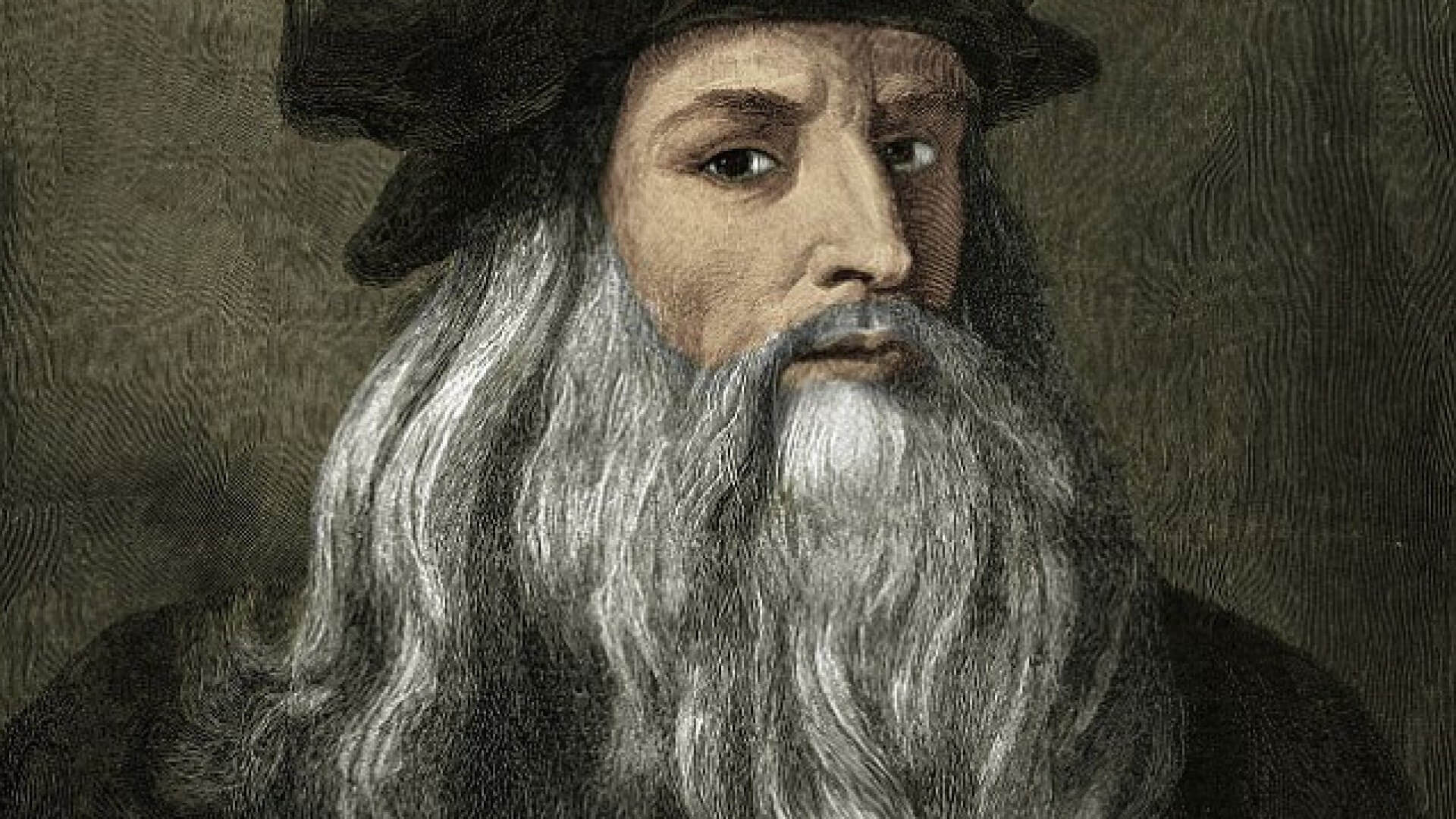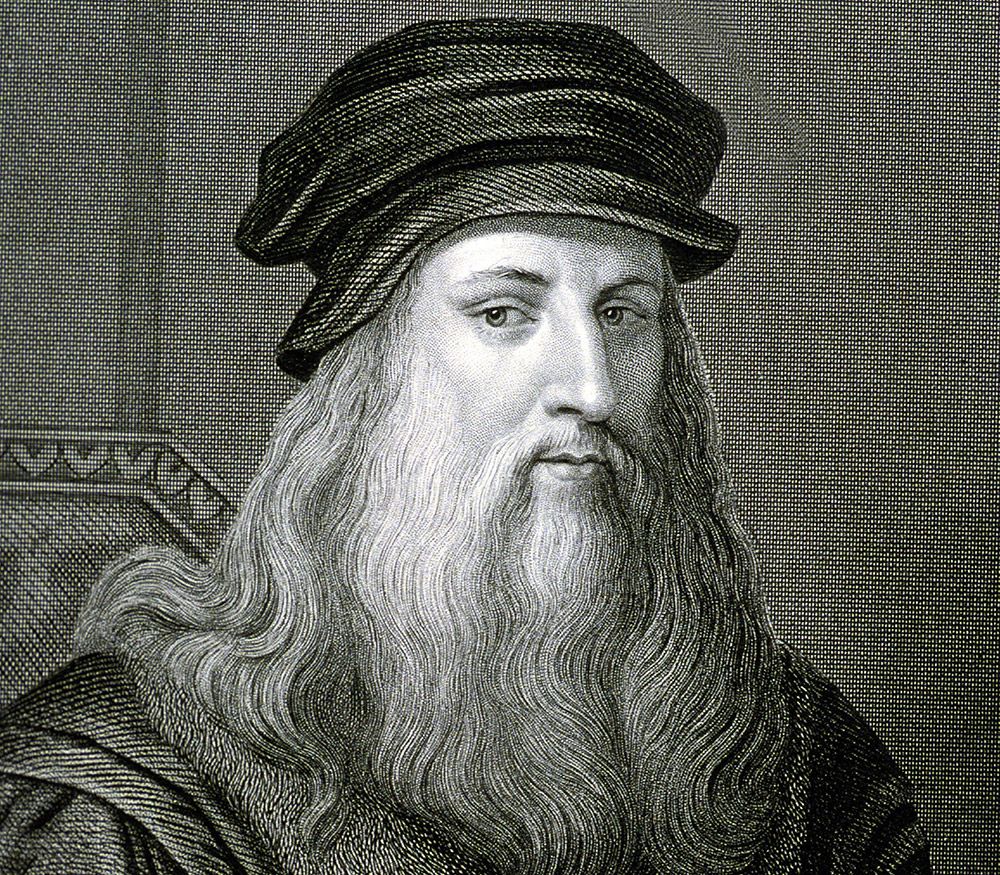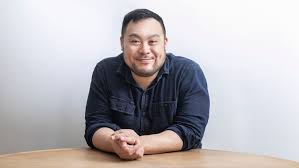Leonardo da Vinci: A Renaissance Man of Unparalleled Genius
Leonardo da Vinci, born in 1452, was a true polymath: a painter, sculptor, architect, engineer, scientist, and inventor. He embodied the spirit of the Renaissance, a period of cultural and intellectual flourishing in Europe.
Da Vinci's artistic talent was evident from a young age. He apprenticed with renowned Florentine artist Verrocchio, and his early works like the "Mona Lisa" and "The Last Supper" established him as a master painter. His meticulous attention to detail, innovative use of perspective, and ability to capture human emotions set him apart from his contemporaries.

Beyond his artistic pursuits, da Vinci possessed a boundless curiosity and a thirst for knowledge. He delved into various scientific disciplines, conducting detailed anatomical studies, designing innovative inventions like flying machines and submarines, and making significant contributions to the fields of engineering and mathematics.
Da Vinci's notebooks, filled with sketches, diagrams, and scientific observations, offer a glimpse into the remarkable breadth of his intellect. His insatiable curiosity and willingness to explore diverse fields paved the way for future generations of scientists, artists, and inventors.

Leonardo da Vinci's legacy extends far beyond the Renaissance. He remains a symbol of human potential, a testament to the power of creativity, and a reminder that the pursuit of knowledge and innovation can lead to extraordinary achievements.




